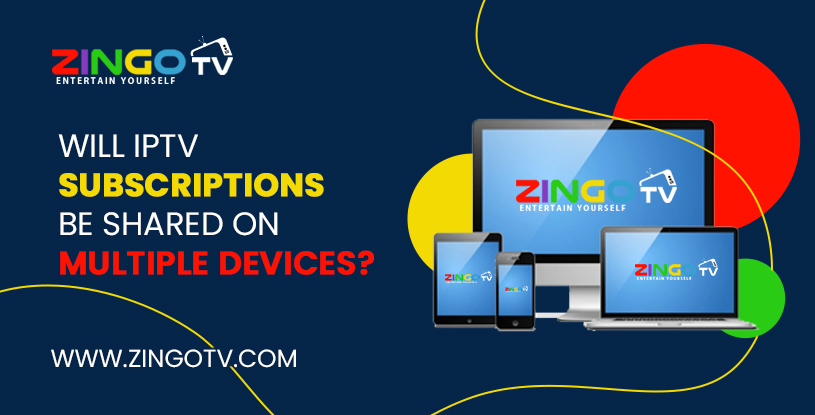Set Up Multiple Connections for IPTV Services
IPTV (Internet Protocol Television) is a popular way of consuming television content in the modern age. With IPTV, you can stream live TV channels and on-demand content directly over the internet, making it convenient and accessible from any device with an internet connection. One of the most significant advantages of IPTV is its ability to support multiple connections, allowing users to access their content from different devices simultaneously. In this article, we will explore how to set up multiple connections for IPTV services, providing a beginner’s guide to help you get started.
Step 1: Choose a Reputable IPTV Provider
The first step in setting up multiple connections for IPTV services is to choose a reputable IPTV provider. There are many IPTV providers on the market, but not all of them offer reliable services or support multiple connections. Before choosing an IPTV provider, it’s essential to do your research and read reviews from other users to ensure that they offer the services you need.
Step 2: Subscribe to an IPTV Plan
Once you’ve chosen an IPTV provider, the next step is to subscribe to an IPTV plan. Most IPTV providers offer different plans with varying features, including the number of channels, video quality, and the number of connections allowed. It’s essential to choose a plan that meets your needs and budget while providing enough connections for your devices.
Step 3: Download and Install the IPTV App
After subscribing to an IPTV plan, the next step is to download and install the IPTV app. Most IPTV providers offer their apps for different devices, including smart TVs, smartphones, tablets, and streaming devices like Roku or Firestick. You can download the app from the app store or the IPTV provider’s website.
Step 4: Set Up the IPTV App
Once you’ve downloaded and installed the IPTV app, the next step is to set it up. The setup process may vary depending on the app and the device you’re using. Generally, you’ll need to enter your login credentials, including your username and password, to access your IPTV service.
Step 5: Add Devices to Your IPTV Account
After setting up the IPTV app, the next step is to add devices to your IPTV account. Most IPTV providers allow you to add multiple devices to your account, depending on the plan you’ve subscribed to. To add a device, you’ll need to log in to your IPTV account and follow the instructions provided by the provider.
Step 6: Connect Devices to the IPTV Network
After adding devices to your IPTV account, the next step is to connect them to the IPTV network. To do this, you’ll need to ensure that each device is connected to the internet and has the IPTV app installed. You can then open the app and log in to your account to access your content.
Step 7: Stream Content on Multiple Devices
Once you’ve connected your devices to the IPTV network, the final step is to stream content on multiple devices simultaneously. You can do this by opening the IPTV app on each device and selecting the content you want to watch. With multiple connections, you can watch different channels or programs on different devices simultaneously, making it a convenient way to access your content.
Conclusion
In conclusion, setting up multiple connections for IPTV services is a straightforward process that can be done by following the steps outlined above. However, it’s essential to choose a reputable IPTV provider, subscribe to a plan that meets your needs, and ensure that each device is connected to the internet and has the IPTV app installed. With multiple connections, you can enjoy the convenience of accessing your content from different devices simultaneously, making IPTV an attractive option for modern consumers.





